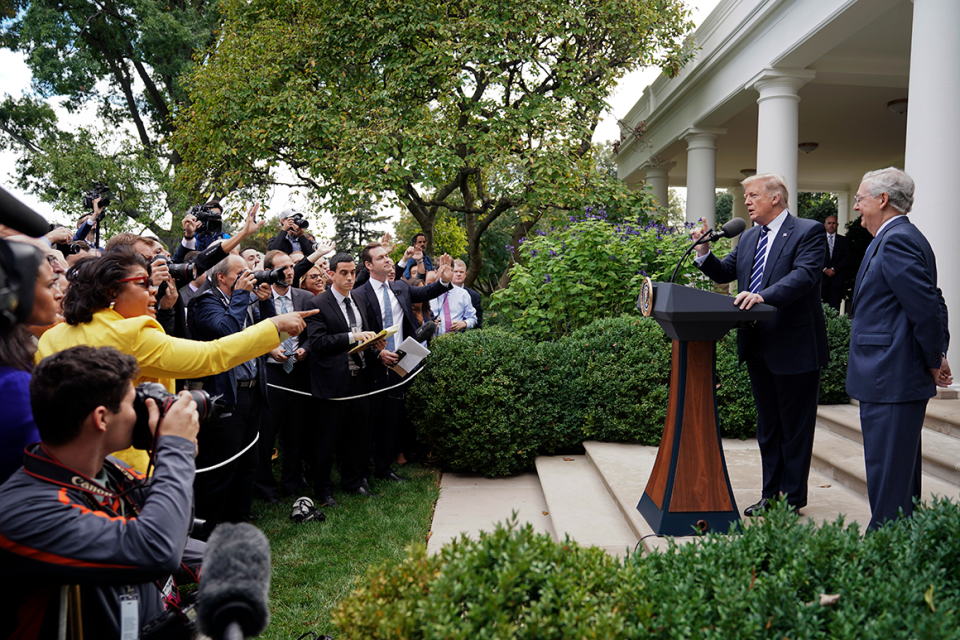The Black correspondents at the White House
White House reporters have access to the highest seat in the country — and they’re a small group. An even smaller group within that? Reporters of color.
On this episode of Playbook Deep Dive, Eugene Daniels is in conversation with fellow Black White House correspondents April Ryan (The Grio) and Ayesha Rascoe (NPR) about everything from microaggressions to death threats — to Ryan's fiery encounters with former President Donald Trump. “Covering the White House from Bill Clinton to now, race touches everything,” says Ryan. “Everything.”
Kicking off the episode, former journalist Carol McCabe Booker takes us back to the 1950s, when Alice Dunnigan was the first and only Black woman sitting in the White House briefing room. The longest President Dwight D. Eisenhower went without answering her questions? About two years. Listen to the full story on Friday’s episode of Playbook Deep Dive.
⧫⧫⧫
"Something, April, that I'm always thinking about is how people that look like you and I built this building." — Eugene Daniels
"Sean Spicer telling me as a grown woman, 'Stop shaking your head.' And then the president tells me to sit down. I kept popping up because you're not going to tell me, a Black woman, to sit down. Nope. So I stood up.” — April Ryan

“I think I looked at myself like, you know, [White House reporting] is a trajectory for certain people and that's just not my trajectory. And so I think you can hold yourself back because sometimes we lack the vision, right, to see where you can be because of all these other things that we often put on ourselves.” — Ayesha Rascoe

